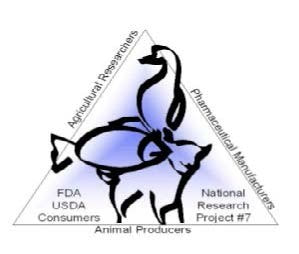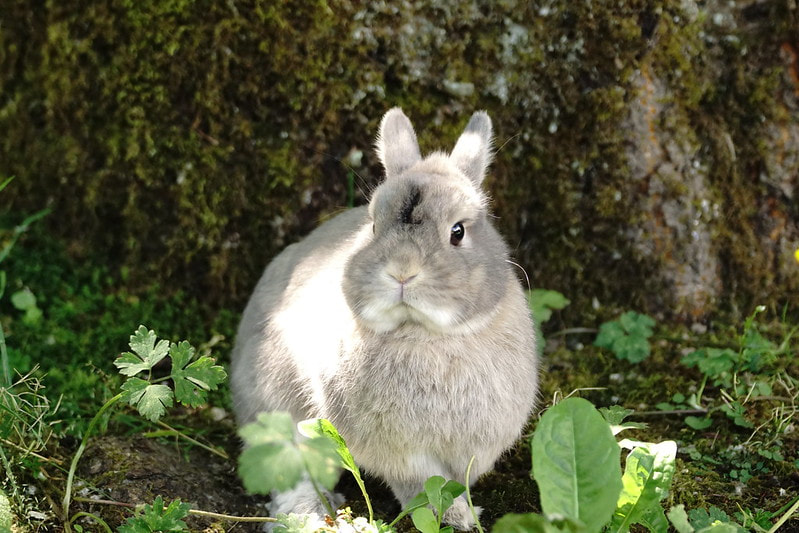RabbitsU.S. Ag Census data shows that rabbit production has increased in recent years. According to the 2012 Census of Agriculture (NASS), more than 5,000 farms sold almost 853,000 rabbits nationally. Rabbits are raised for meat, angora wool, breeding stock, pets and laboratory animals. Rabbits are considered a minor animal species by the U.S. FDA. As a result there are not many products labeled for use in rabbits.
|


